As a key equipment in the film processing industry, the deep integration of film slitting machine with Industry 4.0 technology is promoting the closed-loop realization of digital factories. Although it may not be the "last link" in the strict sense, it is indeed an important node to achieve flexible and intelligent production. The following is analyzed from three dimensions: technology integration, industry applications, and future trends:
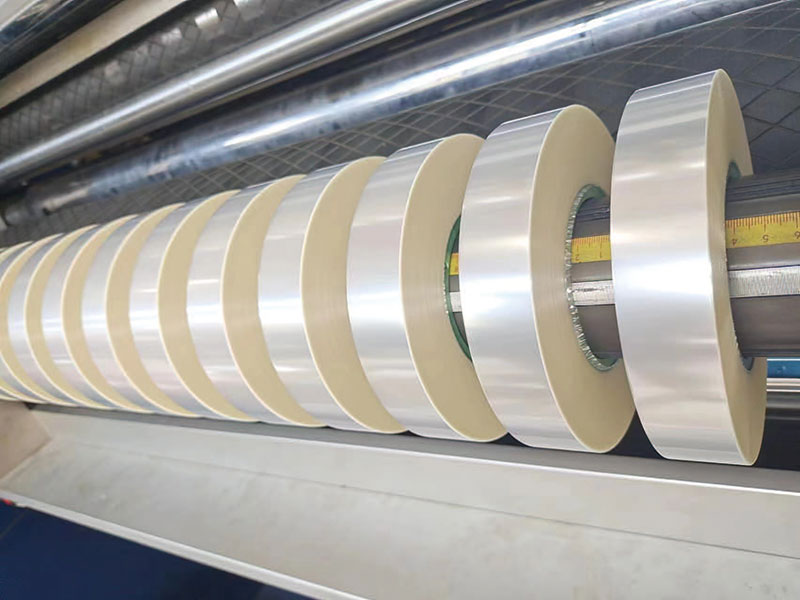
First, the industry 4.0 upgrade path of film slitting machine
1. Intelligent sensing and data collection
◦ By embedding IoT sensors (such as tension sensors, laser thickness gauges, and vibration monitoring modules), real-time data such as tension, speed, temperature, and tool wear during the slitting process can be collected to form a digital twin of process parameters.
◦ Example: The AI vision system of the Kampf slitting machine in Germany can detect film defects online and link with the MES system to automatically classify and slit.
2. Adaptive control and predictive maintenance
◦ Based on machine learning algorithms, the slitting parameters (such as tool pitch and winding pressure) are dynamically optimized to meet the process requirements of different materials (BOPP, PET, lithium battery separator, etc.).
◦ Predict spindle bearing life with vibration spectrum analysis to reduce unplanned downtime.
3. Cloud collaboration and flexible production
◦ After the slitting machine is connected to the factory cloud platform, it can receive the process data of the upstream coater/extruder, and realize the whole process traceability from raw materials to slitted finished products.
◦ Support rapid changeover of small batch customized orders (such as switching between photovoltaic backsheet film and food packaging film).
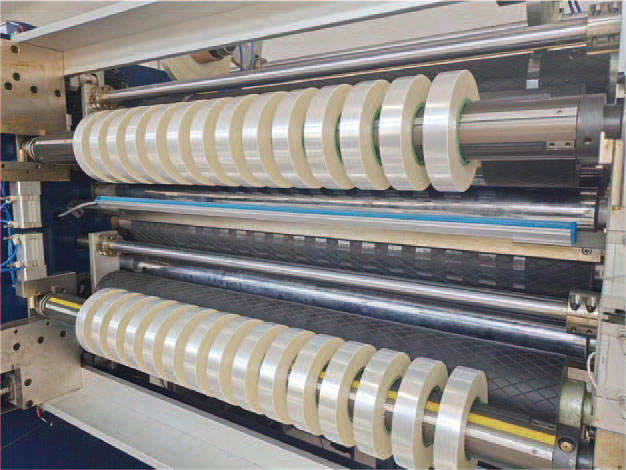
Second, why has it become a key part of the digital factory?
• Bottleneck breakthrough point: The efficiency loss of traditional slitting machine accounts for 15%-20% of the film production chain, and intelligent transformation can directly improve the yield rate by 3%-8%.
• Data Closed-Loop Value: Real-time quality data from the slitting process (e.g., edge burrs, roll diameter uniformity) can be reverse-optimized upstream processes to form a PDCA cycle.
• Human-computer interaction revolution: AR remote operation and maintenance guidance + digital twin simulation greatly reduces the threshold of operation and solves the pain point of relying on the experience of high-end equipment.
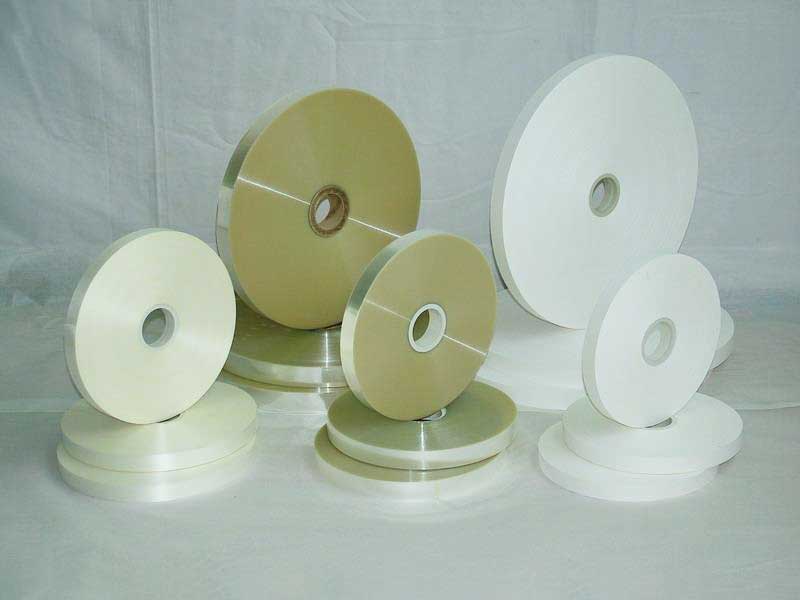
Third, challenges and future directions
1. Existing barriers
◦ High-precision slitting (e.g., ≤ 2μm ultra-thin diaphragm) requires motion control algorithms.
◦ Cross-device protocol compatibility (e.g. OPC UA interfacing with legacy PLCs).
2. Technological Evolution Trends
◦ Digital twin + physical simulation: Simulate the slitting stress field through ANSYS and other tools to predict the rationality of slitting parameters in advance.
◦ Blockchain traceability: Realize the full-chain trusted traceability of high-end products such as medical-grade films from the slitting process to the end customer.
◦ Energy optimization: Reduce unit energy consumption with the slitter inertial energy recovery system (leading companies have achieved energy savings of 12%+).
conclusion
The intelligent transformation of the film slitting machine is a typical example of connecting the physical production and the digital world, and its value lies not only in the improvement of the efficiency of the single machine, but also in the closed loop of "data-decision-execution" in the film industry. With the popularization of edge computing and 5G technology, the slitter is expected to evolve into an "intelligent production unit" with independent decision-making capabilities, and become a benchmark scenario for the implementation of Industry 4.0 in the field of material processing.
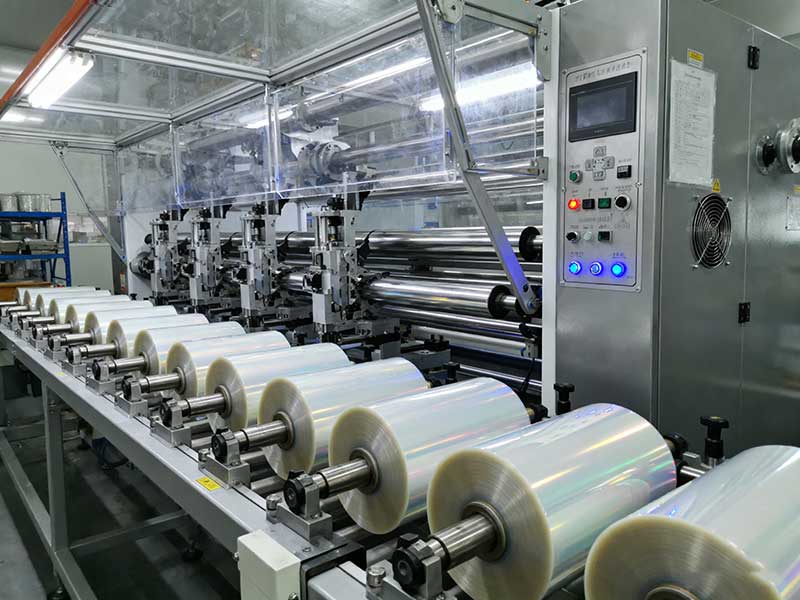 Full analysis of film slitting machine operation: the complete process from start-up to maintenance
Full analysis of film slitting machine operation: the complete process from start-up to maintenance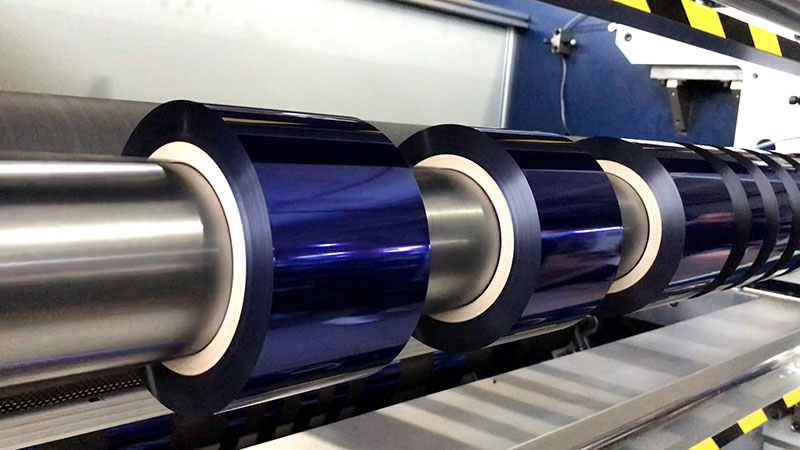 How to choose a hot stamping film slitting machine? Full analysis of key parameters
How to choose a hot stamping film slitting machine? Full analysis of key parameters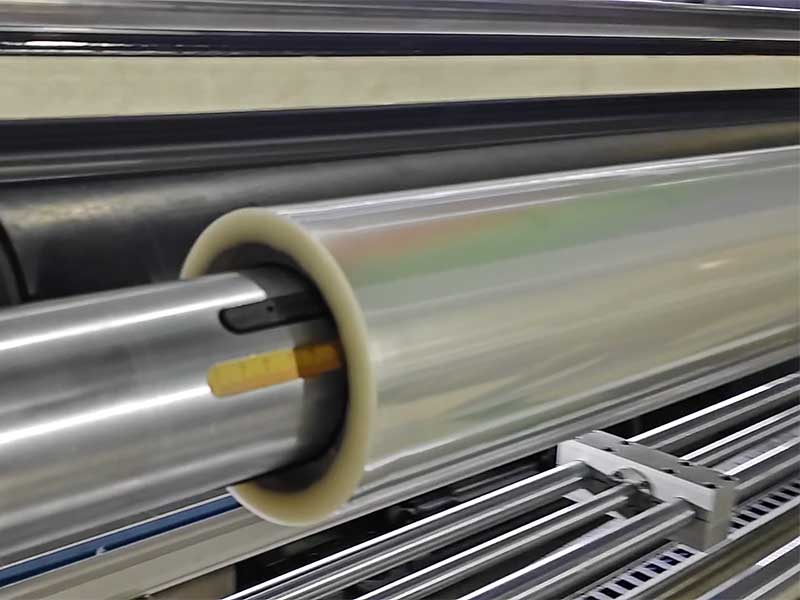 Innovation in ease of operation: intelligent control design of the new generation of film slitting machines
Innovation in ease of operation: intelligent control design of the new generation of film slitting machines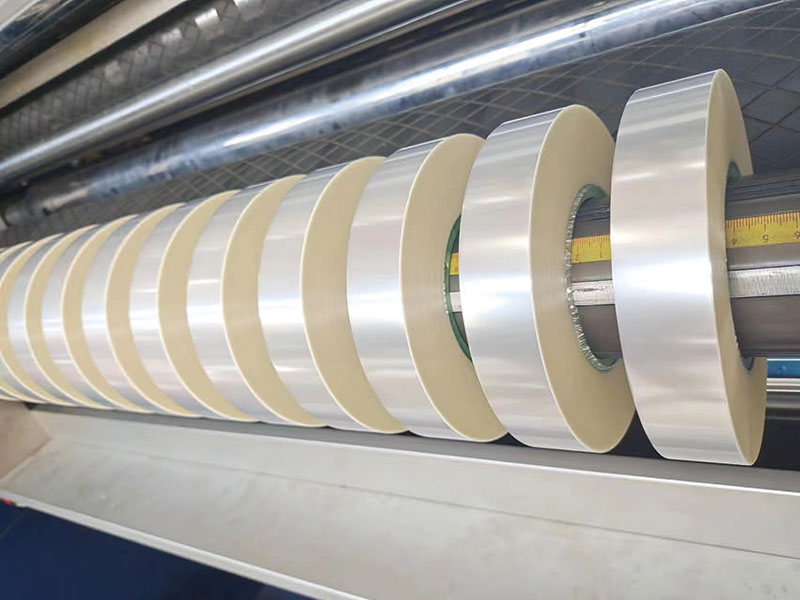 Upgrade the reliability of film slitting machines: the technical path to achieve continuous 1,000 hours of trouble-free operation
Upgrade the reliability of film slitting machines: the technical path to achieve continuous 1,000 hours of trouble-free operation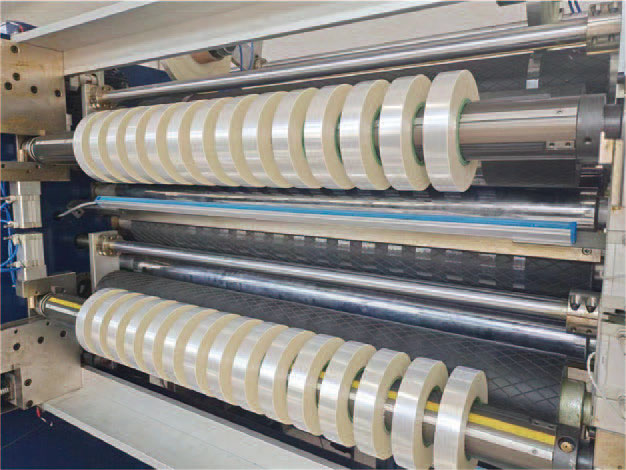 Five key points you must know before purchasing a film slitting machine
Five key points you must know before purchasing a film slitting machine